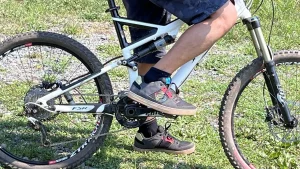Sandbag Exercises for Core Strength

Table of Contents
The Role of Sandbags in Building Your Core Strength
Sandbags play a significant role in building a strong and stable core due to their unique properties and the nature of exercises performed with them. Unlike traditional abdominal exercises, which primarily target the rectus abdominis (the “six-pack” muscles), sandbag training engages a broader range of muscles. Here’s how sandbags contribute to core development:
- Stability and Resistance: When you lift, carry, or move a sandbag, your core muscles work to stabilize your spine and prevent excessive movement. The shifting weight of the sandbag challenges your core in various planes of motion, enhancing overall stability.
- Dynamic Resistance: The shifting sand within the bag creates an unstable and dynamic resistance that forces your core muscles to work harder to maintain balance and stability during exercises. This dynamic resistance builds functional strength.
- Functional Movements: Sandbag exercises mimic real-world movements (such as lifting groceries or moving furniture), making them highly functional. Moreover, many sandbag exercises involve compound movements that engage multiple muscle groups, including the core. Exercises like squats, deadlifts, and overhead presses require core activation for proper form and execution. As you lift and maneuver the sandbag, your core muscles engage to maintain balance and control.
- Core-focused Exercises: Specific sandbag exercises can target the core directly, such as weighted carries, sandbag twists, and Russian twists. These exercises help to develop the rectus abdominis, obliques, and deep stabilizing muscles like the transverse abdominis.
- Increased Intensity: The added weight of the sandbag increases the intensity of traditional core exercises like planks and side planks, which can lead to greater core activation and strength gains.
- Variety of Exercises: Sandbags allow for a wide range of exercises, including squats, lunges, carries, throws, and rotational movements. Each exercise engages different core muscles, promoting balanced development.
- Full-Body Integration: Sandbag training integrates the core with other muscle groups, such as the shoulders, hips, and legs. This holistic approach enhances overall athleticism and functional fitness.
Incorporating sandbag exercises into your workout routine can provide a challenging and effective way to build a strong and functional core, leading to improved posture, stability, and overall performance in both daily activities and athletic pursuits. Remember to start with lighter sandbags and gradually increase the weight as your core strength improves. Always maintain proper form and focus on controlled movements to maximize the benefits.
Sandbag Core Exercises
Sandbag Crawl With Pull Through
- Starting Position: Start by placing a sandbag on the ground and getting into a plank position with your hands directly under your shoulders and your body in a straight line from head to heels (in a bear crawl position) with the sandbag placed between your feet.
- Grab the Sandbag: Reach back with one hand and grab the sandbag, ensuring a secure grip.
- Pull Through: Pull the sandbag through from underneath you towards the opposite side of your body. As you do this, keep your core tight and maintain a stable position. This movement will engage your core, shoulders, and back muscles.
- Crawl Forward: Once the sandbag is slightly ahead of you, move forward with a bear crawl step, using the opposite hand and foot to advance.
- Alternate Sides: Repeat the process by grabbing the sandbag with the other hand and pulling it through to the opposite side. Continue alternating sides as you move forward.

Front Squat
- Starting Position: Begin by standing tall with your feet slightly wider than shoulder-width apart. Hold the sandbag in front of your chest, gripping the handles or sides of the bag with both hands.
- Squat Down: Initiate the movement by pushing your hips back and bending your knees. Maintain an upright torso and keep your core engaged as you lower down into the squat. Brace your core, keep your chest up, and maintain a neutral spine throughout the movement.
- Squat Depth: Keep your weight on your heels and lower yourself until your thighs are parallel to the ground or as low as you can comfortably go while maintaining proper form. Ensure that your knees track over your toes and don’t cave inward.
- Push Up: Press through your heels and engage your glutes as you push back up to the starting position. Keep your chest up and your weight distributed evenly across your feet.
- Repeat: Perform the desired number of repetitions, maintaining proper form and focus throughout the exercise.
Halo
- Starting Position: Stand with your feet shoulder-width apart and hold a sandbag in both hands, close to your chest.
- Rotate: Keep your core engaged and your feet firmly planted on the ground. Lift the sandbag up and overhead, extending your arms fully. Your elbows should be slightly bent, and the sandbag should be positioned directly above your head.
- Full Circle: Keeping your core engaged, slowly rotate the sandbag around your head in a circular motion, moving it to one side of your head, then behind, and then to the other side forming a “halo” shape with the movement.
- Switch Sides: After completing a full circle, switch the direction of your rotation and repeat the movement in the opposite direction.
- Engage Core: Maintain control throughout the exercise, and avoid arching your back or excessively leaning forward or backward.

Bent-Over-Rows
Sandbag Bent-Over Rows are a compound exercise that targets multiple muscle groups, primarily the back, arms, and shoulders. They involve bending at the hips while keeping your back straight, then pulling a sandbag up towards your chest.
Here are the key steps to perform Sandbag Bent-Over Rows:
- Starting Position: Stand with your feet shoulder-width apart, holding a sandbag with both hands.
- Bend and Hinge: Keeping your back straight and core engaged, bend your knees slightly and hinge at your hips.
- Row the Sandbag: With your arms extended and holding the sandbag, exhale and pull the sandbag towards your chest, squeezing your shoulder blades together.
- Lower the Sandbag: Pause briefly at the top of the movement, then slowly lower the sandbag back down to the starting position, allowing your arms to fully extend.
- Repeat: Complete the desired number of repetitions, focusing on proper form and engaging the targeted muscle groups.
Sandbag bent over rows are an effective exercise for building strength and muscle mass in the upper back and arms, while also engaging the core muscles to maintain stability throughout the movement. Adjusting the grip or stance width can help target different areas of the back and arms.
Remember to choose an appropriate weight for your fitness level, and feel free to experiment with different grip variations to challenge your muscles in new ways.
Pedal My Way's Tips for Maintaining Your Core Blasting Mindset
- Set Clear Goals: Define what you want to achieve with your sandbag training. Whether it’s improving strength, endurance, or overall fitness, having specific goals will keep you motivated and focused during your workouts.
- Focus on Form: Instead of getting caught up in the weight of the sandbag or the number of repetitions, focus on maintaining proper form throughout each exercise. This will help keep your mind engaged and ensure you’re getting the most out of each movement.
- Stay Present: Focus on the present moment and the task at hand. Concentrate on performing each exercise with proper form and technique, rather than worrying about how many reps or sets you have left. If you are not used to a sandbag’s unstable weight balance, stay focused to prevent any injuries.
- Set Realistic Goals: Establish achievable goals for your workouts to maintain motivation and avoid discouragement. As you achieve these goals, set new ones to keep pushing yourself.
- Stay Positive: Maintain a positive attitude throughout your workout. Instead of focusing on what you can’t do, focus on what you can do and celebrate your progress along the way. Little victories lead to bigger wins!
- Visualize Success: Imagine yourself completing the exercise with ease, strength, and grace. This mental imagery can help boost confidence and provide the motivation you need to push through challenging moments.
- Embrace the Challenge: View working with sandbags as an opportunity to improve your fitness, strength, and overall well-being. By embracing the challenge, you’ll be more likely to stay positive and motivated during your workouts.
- Find a Workout Buddy: Exercising with a friend or partner can help keep you accountable and motivated.
- Listen to Your Body: Pay attention to how your body feels during your workout and adjust accordingly. If you need to take breaks or modify exercises to accommodate fatigue or discomfort, listen to your body and do what’s best for you.
- Stay Consistent: Consistency is key to seeing progress over time. Stay committed to your sandbag training routine and make it a regular part of your fitness regimen.
- Find Inspiration: Surround yourself with sources of inspiration, whether it’s motivational quotes, music, or workout partners who encourage and support you.
- Track Your Progress: Keep track of your workouts, progress, and achievements. Seeing how far you’ve come can be incredibly motivating and remind you of the progress you’ve made.
Enjoy the Process: Finally, remember to enjoy the process of working with sandbags and challenging yourself to become stronger and fitter. Have fun with your workouts and celebrate your accomplishments along the way.
Your Core Sculpted by Sandbag
I hope you found this information helpful. Check out my other related posts such as the hidden benefits of the sandbag carry and the golden rules for weight training for beginners. We also recorded a related podcast on strength training and injuries and prevention.




